Speaking backstage just after the return of his spring/summer 2024 show in Milan last September, Bottega Veneta creative director Matthieu Blazy was enthusiastic about craft. His collection was a showcase for the Italian house’s tradition of handwork and tailoring, with pieces such as a crochet dress decorated with individually knotted raffia pom-poms on its surface. The accessories featured leather craft techniques like Bottega Veneta’s signature Intrecciato weaving, but with updates like reversible leather strips that mimicked banana leaves on bags and sandals. “Those are really small details, but they mean a lot to us,” Blazy later explained. “It’s about saying, ‘Where can we push savoir faire? And how do we try to be innovative?’ When people call a craft ‘dusty’, I think it’s quite the opposite. It’s a world of possibilities.”
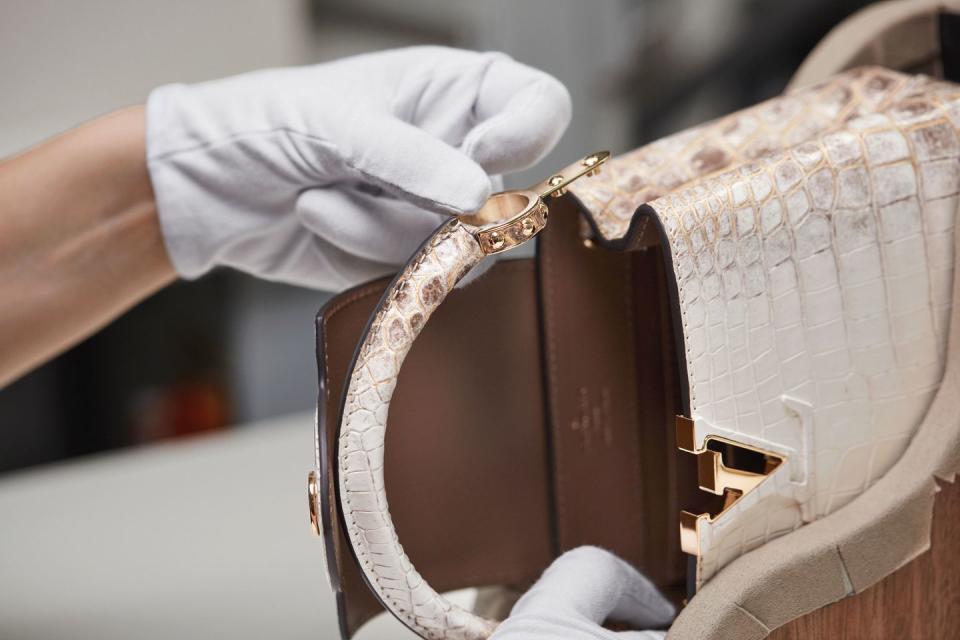

There is something magical about a garment or accessory that has been touched by the human hand. It brings the piece to life and awakens something in the wearer: a hyper-awareness of the care and attention that went into its creation.
Craftsmanship was at the heart of several spring collections, from embossed and distressed leather at Prada to reworked garments at Balenciaga, exaggerated embellishments at Loewe, and baroque lace patterns at Valentino. In the meantime, Tod’s put on a show at the Laboratori Scala Ansaldo, which employed some of the house’s master craftsmen. In France and Italy, the craft aspect has been central to high fashion for a long time, be it through the session of the residents of Paris — couture masters who have spent many years training in skills such as tailoring and embroidery — or the shoemakers and leather workers who make shoes, bags, accessories, and other goods to exact specifications and standards. Historically, these highly specialized skills have been passed down, for the most part, through apprenticeships and even families and are essential to the rarity of the products themselves.
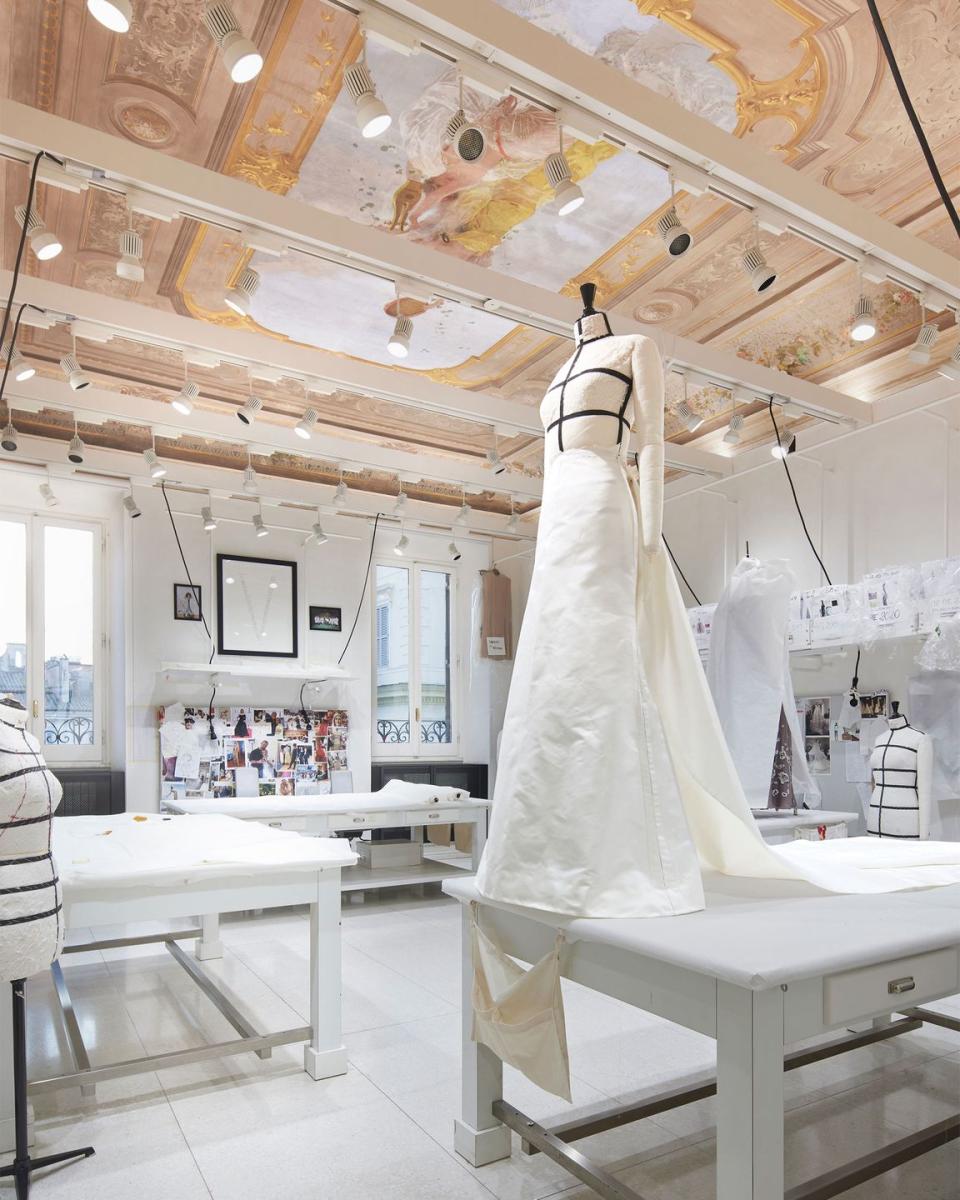

The tradition of that craft is now at a crossroads. As with other industries, fashion has had to adapt in the face of technological innovation, economic uncertainty, and the demands of our global, automated, algorithmic world. Over the past twenty years, this has resulted in many luxury brands focusing more on areas of their businesses that increase efficiency and achieve expansion. An older generation of craftsmen and artisans has also begun to age out of the workforce. At the same time, opportunities for younger artisans to gain the experience needed to work for a big brand or house — which can take years through low-paid internships and apprenticeships — are becoming scarcer. This and other factors, such as the rising cost of living, have combined to block the pipeline of talent and influence that can pursue the life of an artisan, making the prospect of that profession unviable for enough. According to a recent report by Comité Colbert, a trade association representing more than 90 French luxury houses, around 20,000 jobs related to the work of fashion artisans were vacant at the end of 2022. However, work is now being done to fill that role. Luxury conglomerates such as parent company Bottega Veneta, Kering, and LVMH and houses such as Chanel, Prada, and Valentino are taking steps to empower a new generation of makers to be stewards of these highly specialized traditions and drive them into the future.
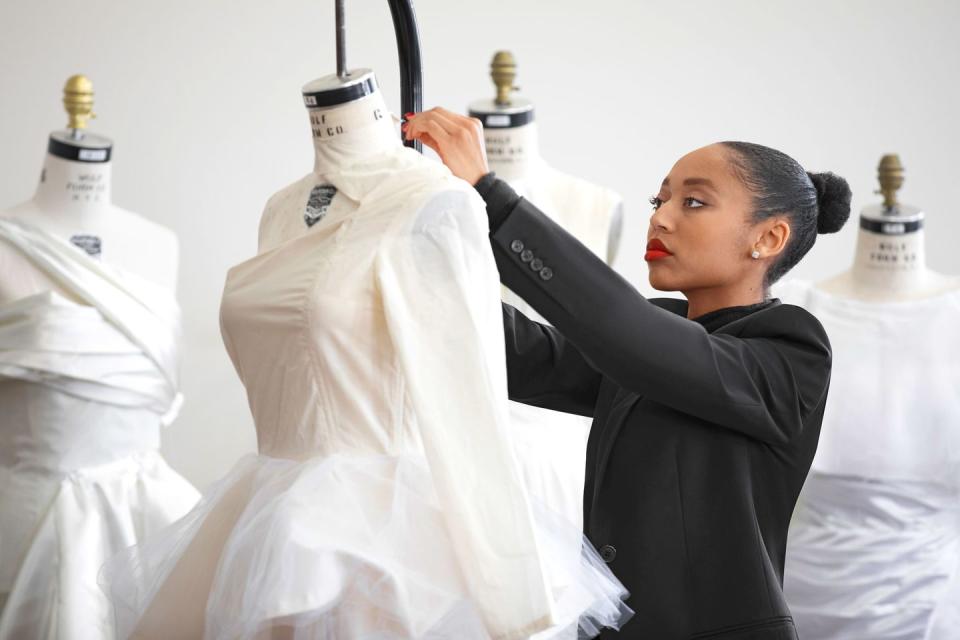

Not long after the Blazy show in Milan, Bottega Veneta announced the opening of the Accademia Labor et Ingenium, or Academy of Craft and Creativity, in Italy. Based between the house’s atelier and a manufacturing site in the Veneto region, the academy welcomed its inaugural class of 50 students to a comprehensive training program in the house’s traditional craft methods as well as business-related instruction in October. There is also an innovation-based program for current employees. “The intention is to foster the craftsmanship of new and established employees, as well as external students, and to protect the unique artisan savoir faire,” says Barbara Zanin, head of leather goods product development at Bottega Veneta, who oversees on the academy. “Sharing knowledge across generations is an integral part of the school’s ethos, and master craftsmen pass on their experience and skills to younger students.”
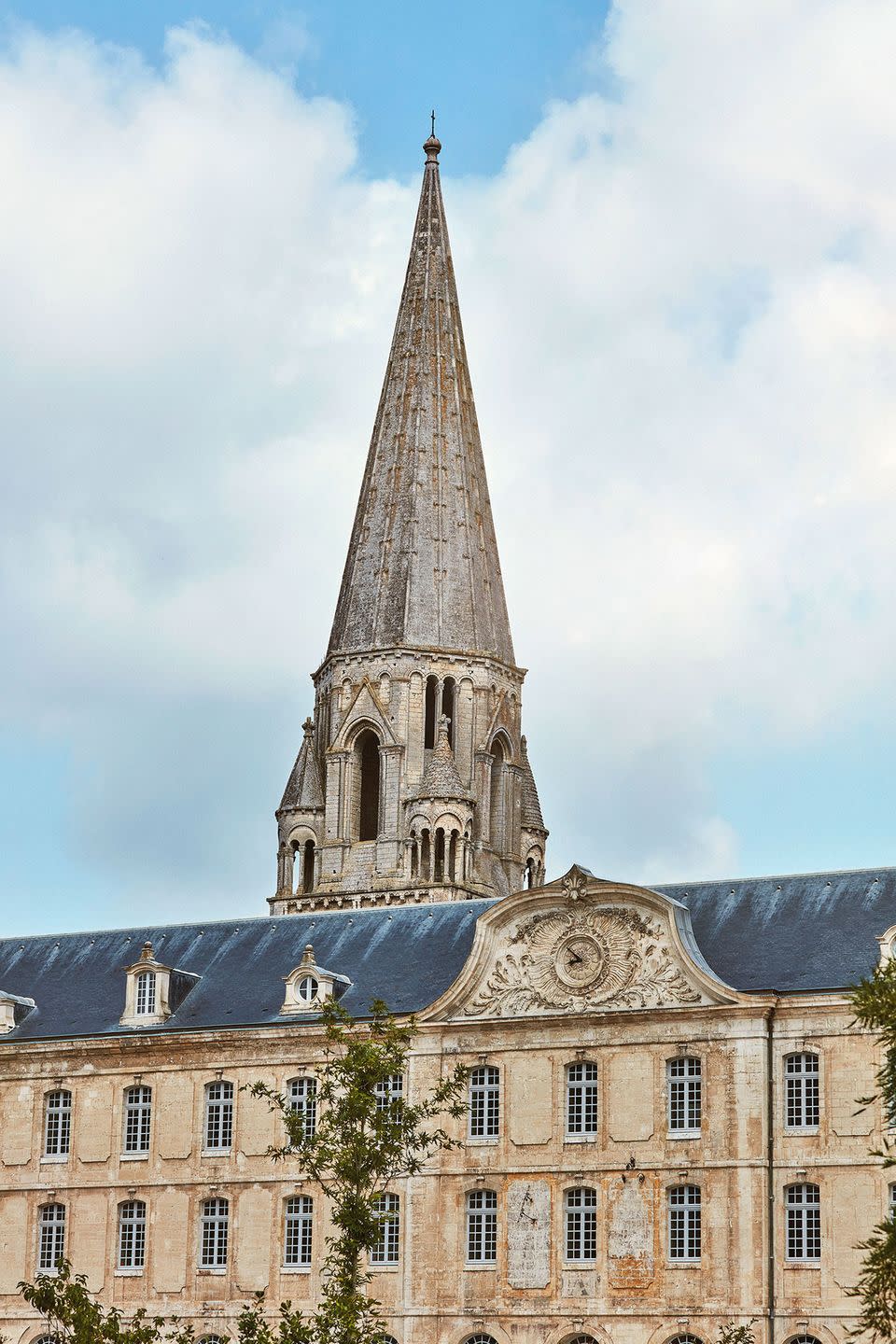

Other heritage houses have implemented their own initiatives. Dior, part of LVMH, has a long-standing relationship with the Chanakya School of Crafts in Mumbai, which has done much of the embroidery work for designer Maria Grazia Chiuri’s collections. Loewe has a number of similar projects, including the Loewe Foundation Craftsmanship Prize competition, now in its seventh edition, which supports independent craftsmen through funding. This month, the Spanish brand will unveil an exhibition in Shanghai on the history of its in-house craftsmanship. The Prada Group Prada Academy operates as an internal school with master classes and in-studio training, including programs on sustainability, product development, and more technologically advanced creation methods, such as 3D printing. Valentino’s La Bottega dell’Arte is a nine-month course in which participants learn techniques in-house to pre-premise and create and present their own work to the house’s creative director, Pierpaolo Piccioli. Chanel’s approach has been to acquire and help retain smaller independent workshops, such as Scottish cashmere manufacturer Barrie and French embroiderers Lesage, creating special collections under the house’s Métiers d’Art initiative, which was founded in 1985 to preserve and support craft traditions.
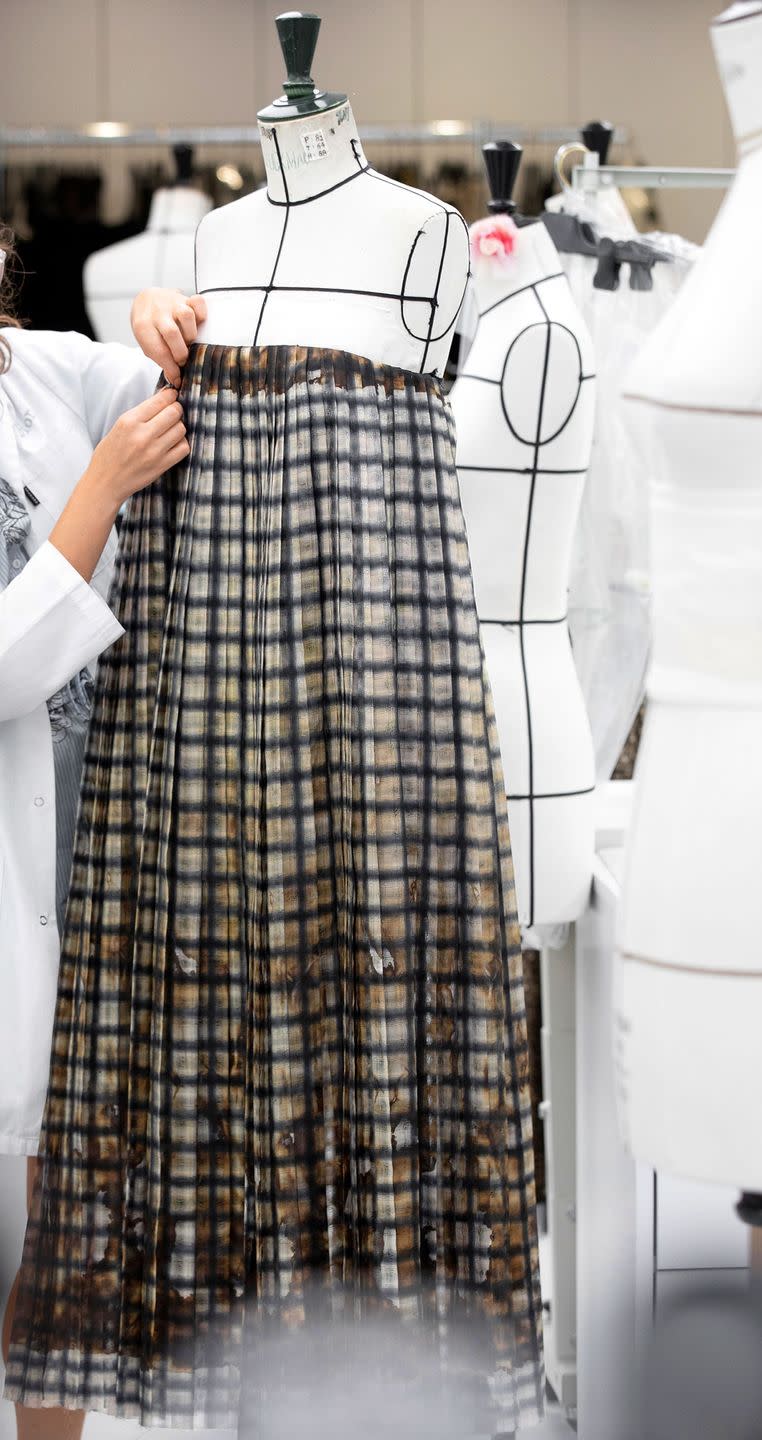

Last fall, LVMH announced the development of a new craft center in Paris, set to open in 2025. The building will be part of LVMH’s 10-year-old creative career study program, the Institut des Métiers d’Excellence, and be open to the public. Last year, the company launched a new career path program through Tiffany & Co., which was acquired by LVMH in 2021, in partnership with the Rhode Island School of Design. According to LVMH Métiers d’Excellence director Alexandre Boquel, demand for the type of training and exposure they are providing is high. “The new generation of craftsmen seem to be interested again in manual occupations, which we see entering into work in the homes,” he says.
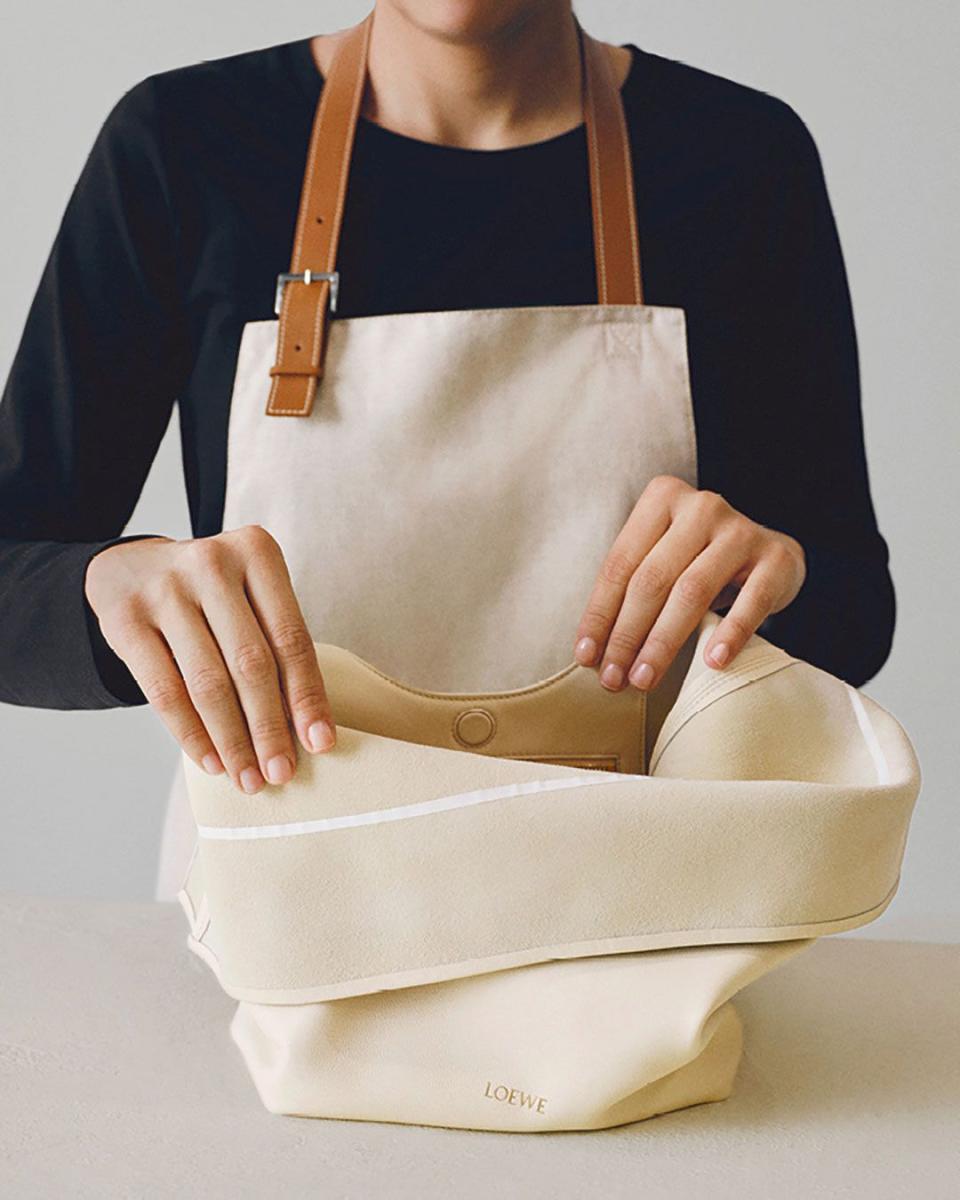

This renewed interest in physical craftsmanship is a change that has also become apparent in design schools, where the curriculum has emphasized that type of work over the years. “That’s something we haven’t seen in a while,” says Dirk Standen, dean of the School of Fashion at the Savannah College of Art and Design. It is also being done, Standen says, with an eye towards entrepreneurship: “As always, we have students who go to work at Puma or Nike or Louis Vuitton when they graduate, but we have some students also planning to do an apprenticeship at. small artisanal brands in Japan or Italy to start their own specialty labels.”
However, young makers can still find it difficult to navigate these specialized paths, either because they were never told this was a viable career option or because the opportunities didn’t exist in the past. Kenneth D. King, who teaches haute couture design and techniques at the Fashion Institute of Technology in New York, also points out that our current fascination with celebrity designers and fashion reality shows has helped reinforce the idea that the more visible and famous you are, the more successful you will be. “The people who practice the craft of creating these luxury goods are not visible and are considered secondary in the process,” he explains. “The real work of couture creation – pattern making, construction, tailoring, couture embellishments – seems to be left out of the picture.” But, he says, “the people behind the scenes are crucial. You are limited by the ability and knowledge of the team. If you can’t execute the whole design from the sketch onwards, eg [Cristóbal] Balenciaga was able to do, these people have to realize an idea.”
You might like too